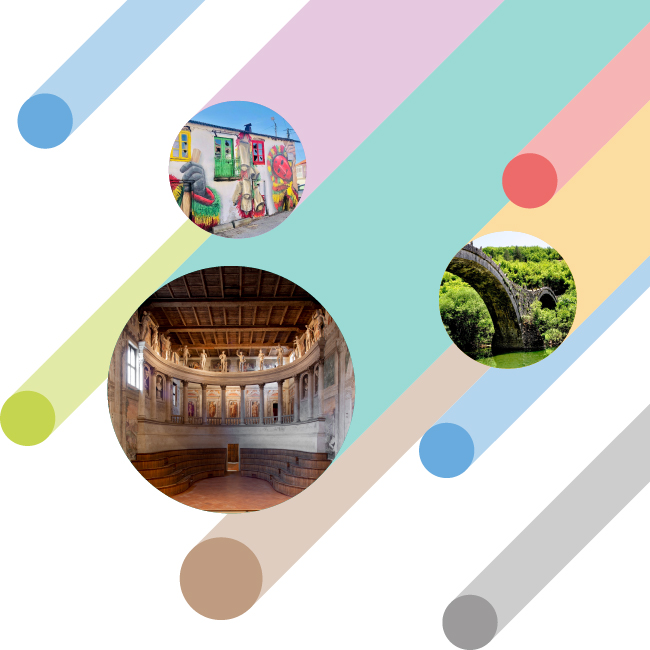Menjez has traditional Mediterranean architecture and exceptional archaeological and natural heritage. It is among the cultural routes of the Council of Europe, the Phoenicians, and the megalithic routes, and it features on the Tentative List of UNESCO cultural and natural world heritage sites.
The first century Roman temple of Menjez, dedicated to the goddess Nemesis and called Maqam Er Rabb or Beit Jaalouk, is the only basalt Roman temple in Lebanon. Among other monuments, Menjez counts 87 megalithic prehistoric tombs from the Bronze Age and the crusader castle of Menjez from the 10th century.
The old centre of Menjez is still authentic, and it consists of vernacular houses of black basaltic stone typical of the region and a parish church dedicated to the prophet Daniel. The monastery of Our Lady of the Castle was built in Menjez by the Jesuits in 1877, and the museum of Menjez, now known as the Heritage House, was built in 2018.
The forest around Menjez covers a total of 70 hectares; it is classified as a key zone for biodiversity in the Mediterranean (IUCN) under the name The Black Forest of Menjez. This forest is part of the Important Plant Area in Lebanon (IPA) and includes 71 plant species, 30 of which are endemic. To preserve the natural heritage, 300 000 square meters of the territory have been afforested. Also, there are four areas of non-wood products, such as essential oils extracted from bay leaves and laurel fruits, natural soap, and briquettes.
Menjez is also known for the exceptional quality of its cultivable land (volcanic, basaltic) with olives, grapes, almonds, carobs and beekeeping heritage.










